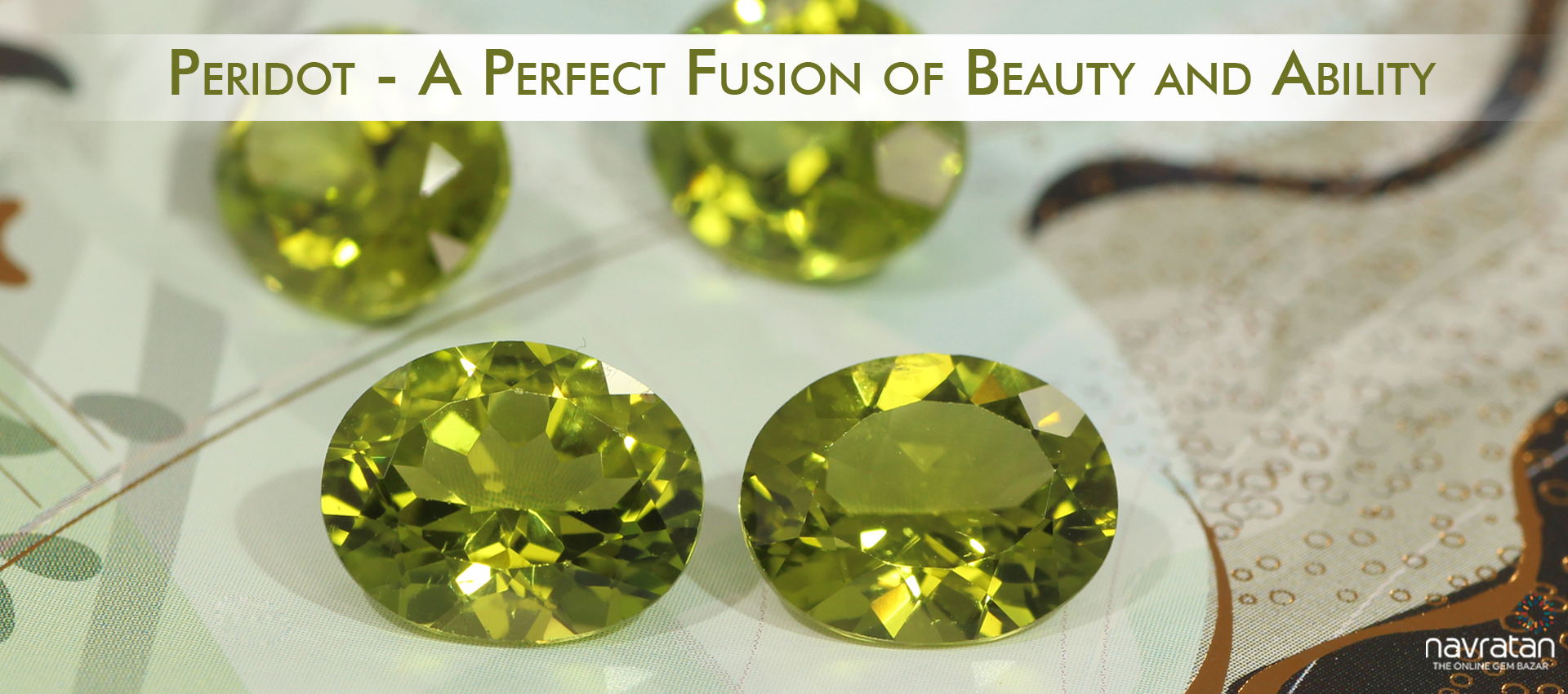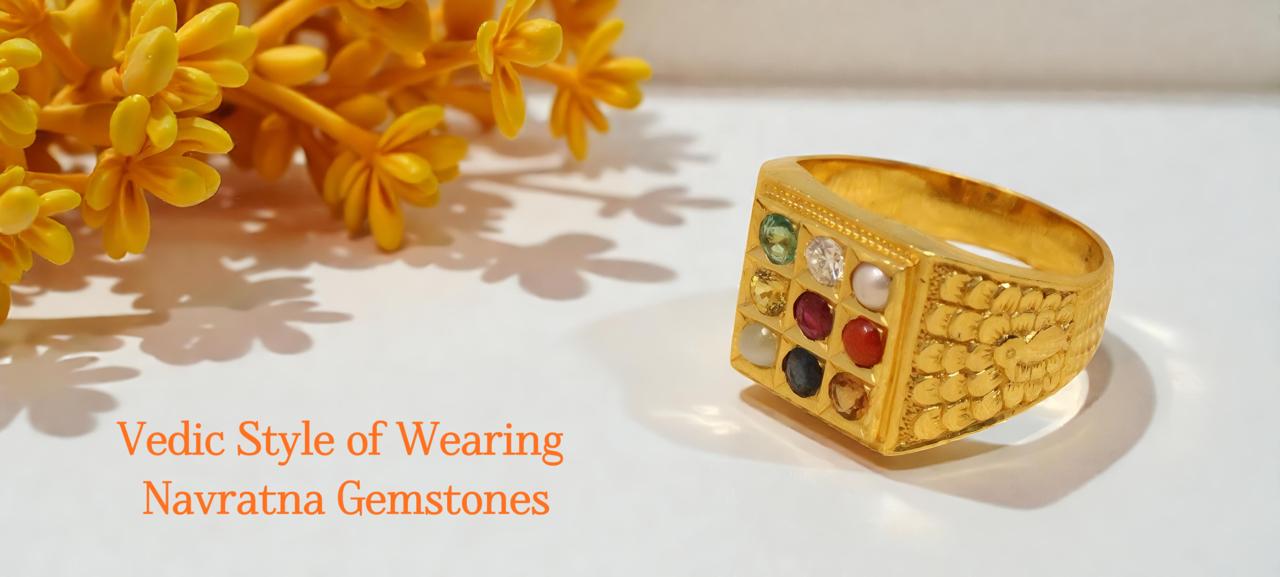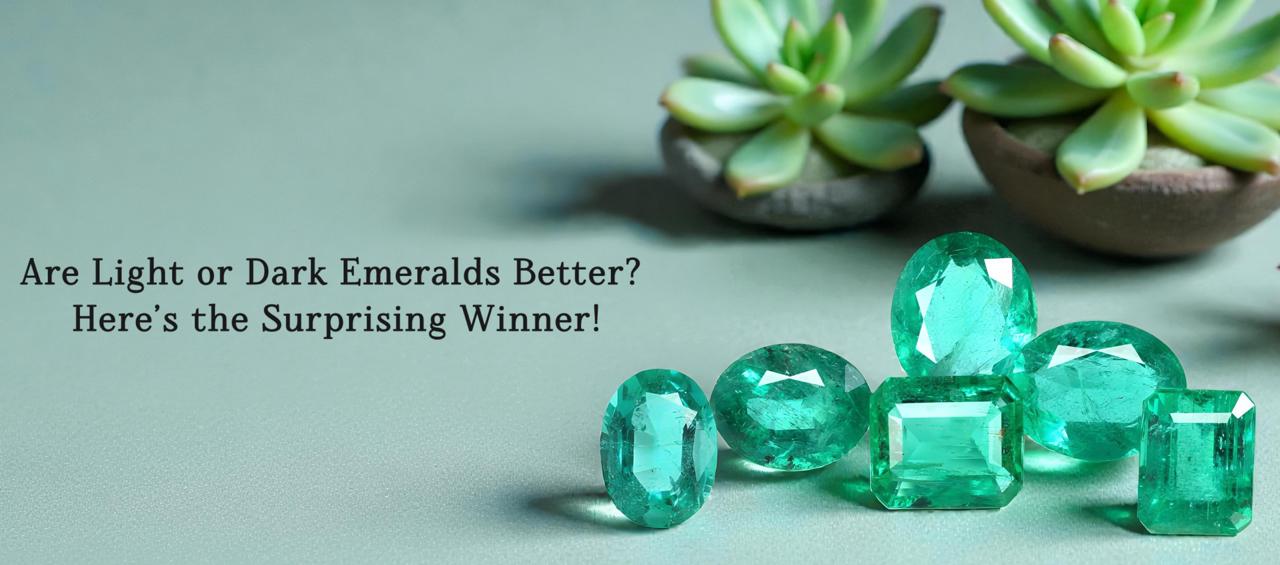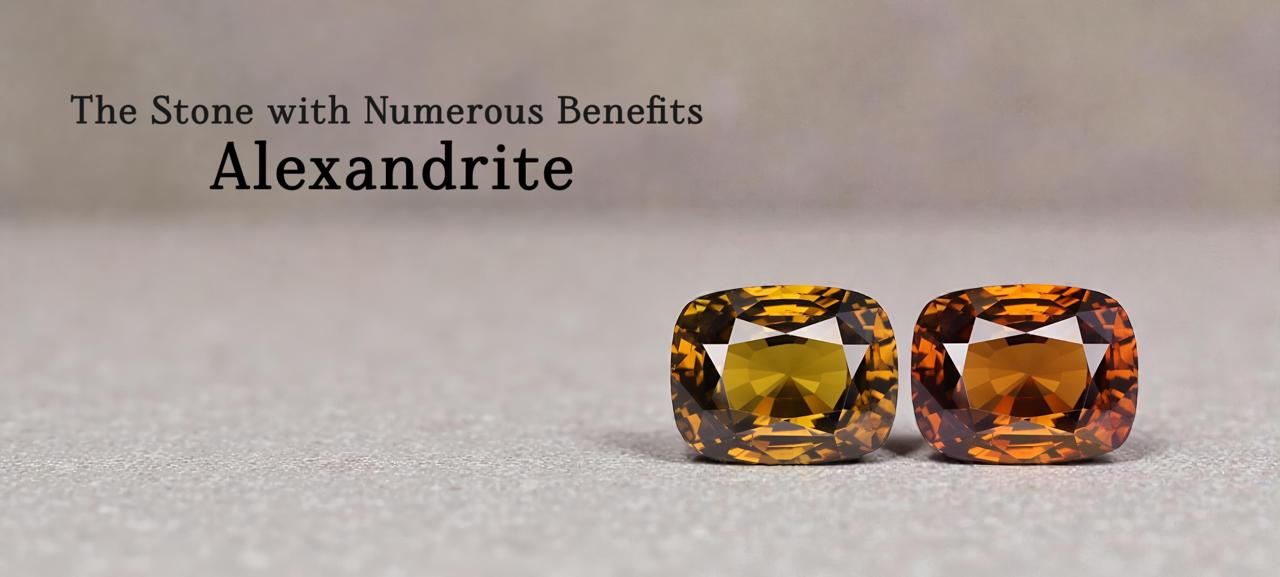 Categories
Categories 
Ruby, also known as Manik Ratna in Hindi, Chuni stone in Bengali, and Manikya in Malayalam. It is a precious stone from the corundum mineral family. There are different types of rubies found worldwide. They are segregated based on color and origin. Burma, Thai, India, Africa, Madagascar, and Tanzania are well-known origins of ruby gemstones.
In natural form, these gems, especially those from renowned origins, are said to be expensive, like Burma ruby. They show a splendid red color, called “pigeon blood red hue,” in the gemstone market.
However, like all other gemstones, rubies are also treated to enhance their beauty, clarity, and durability. In this blog we will discuss what these treatments are. This will help you know the amount of treatment done and why there is a variation in treated and untreated gemstones.
Read here: How to Choose a Quality Ruby?
Natural Manik stone is a highly sought-after navratna. The vivid red ruby color symbolizes love, passion, courage, and energy.
This red gemstone also plays a significant role in astrology. In Western astrology, it is the July birthstone and 40th anniversary stone.
On the other hand, Vedic astrology is linked to the powerful planet, the Sun. It is believed that if this planet is not situated in the right place in the natal chart, an individual lacks fame, confidence, and motivation. To strengthen the position of this planet in a horoscope, one is suggested to wear a Chuni stone.
Also Read: Top 25 FAQs About Ruby Gemstone
Ruby stone is one of the beautiful red stones extracted from the metamorphic rocks. These gems are transported to another location due to weathering. A high-pressure stream of water washes the gravel. Ruby rock, being dense, gets deposited in one place. These are then hand-picked and sold in the market.
Also Read: What is the Chemical Composition of Ruby and Sapphire?
Since these natural gems contain a lot of inclusions, they are treated. Those with minimal inclusions are kept the way they account for higher prices in the gemstone marketplace. It is the splendid color that makes these stones gain value over others. But do you know ruby stone color differs for different origins from which they are sourced? Let's see how:
Burmese rubies are the best types of rubies. The primary characteristic of this gem is its color, which sets it apart from other stones of different origins. This stone's vivid “pigeon red color” stands out. This color resembles the pigeon eye hue and thus is called the same. Sunrise ruby, the most expensive ruby, is also obtained from Burma. Read More: Why Are Ruby Stones Expensive?
The secondary overtones include purple, violet, and pink. Stones with such exclusive color and high clarity are rare to find. Besides the beauty, these gems also possess several benefits. Burma ruby benefits the wearer with healthy relationships with the partner.
These are other enchanting varieties of Manikya stone extracted from the Bo Ploi mines in Thailand. The red gemstones obtained from this origin are highly sought after and prized for their vibrant color, clarity, and fluorescence. Thai rubies have a high iron content, making the stone look darker.
These red corundums from Thailand glow in UV light and have fluorescence properties. The best way to determine ruby quality is its color saturation. Thus, Thai rubies with darker color saturation are less valuable than vivid red-colored Burmese rubies.
Elaborate Further: Ruby Gemstone Origins - Best Sources of Rubies
Mozambican rubies are red with a purplish tint that makes them look unique compared to other varieties. The purple ruby from Mozambique possesses inclusions like those sourced from Burma. Inclusion-free stones account for higher prices.
Manikya Stones sourced from Madagascar are also valuable. Due to the vivid red hue with a pinkish tint, they are often referred to as pink ruby gemstone. Pink ruby stone benefits include activating the Manipura chakra, which helps absorb negative energy and offers good vibes.
Indian ruby is generally sourced from Southern parts of India, namely Karnataka and Tamil Nadu. Manikkam stone features a pinkish-red hue with high opacity, which means they have high inclusions. Indian rubies play a significant role in Vedic astrology. It is believed that wearing a ruby ring benefits the wearer with good career prospects.
Rare and exquisite, these ruby varieties have a great visual appeal. They feature a star-shaped pattern on the surface due to the presence of rutile needles. These types of rubies are not faceted and sold as cabochons because of the asterism effect, which is not visible with faceted stones.
Star ruby with symmetrical aster rays and high color intensity are valuable. Star ruby stone benefits in meditation include relief from depression, stress, and anxiety.
Read More: What Is A Star Ruby Stone?
Since gemstones like rubies and sapphires are obtained beneath the earth's surface, imperfections occur during formation. These inclusions obstruct light, making them look dull. Treatment offers them improved color and clarity. A treated ruby is one that, by any means, has undergone the process of color and clarity enhancement.
Also read: How To Determine Ruby Stone Price? Complete Guide
The different ruby treatments include oiling, resin filling, dyeing, and fracture filling. The most common enhancement process is heat treatment. Let's know more about them:
Heat Treatment: The process involves the following steps:
During this process, the gemstone is heated between 800 and 1800 degrees Celsius at a specific temperature and pressure.
Excessive heat changes the crystal structure, improving the color of the gem.
It also removes the inclusions, making the stone look clearer.
Rubies are made of aluminium oxide (Al2O3). These gems feature silk rutiles as standard inclusions. When exposed to heat treatment, these rutile needles dissolve. Heated vs Unheated ruby, the former shows only red color, whereas the latter shows a tint of blue, which occurs due to iron as a trace element other than chromium.
Fracture Filling: Fissures or fractures are filled with lead or glass. The difference between glass-filled ruby and natural ruby relates to the former being constructed by man, whereas the latter is naturally sourced from the earth's surface.
Beryllium Diffusion: This treatment enhances the stone's color by incorporating beryllium inside the crystal lattice. Beryllium diffusion treatments are best for types of rubies that have pale or uneven coloration.
The best way to tell heated vs unheated ruby is through certificate specifications. A gemstone certificate issued from a trusted gemological institute like GIA and more gives you detailed documents about the specifications of the gem. One can easily find out whether the stone is treated or not. Here is a simple way you can find out the difference between the two:
Also Know: Why are Grading Reports Essential while Buying Gemstones?
| Natural Manik | Heat Treated Ruby | ||
| Color | Uneven with color zoning | Enhanced Color and Uniform | ||
| Inclusions | Silk rutile needles visible | Altered/oriented inclusions, Traces can be seen sometimes | ||
| Clarity | Visible Imperfections seen in few | Improved Clarity | ||
| Fluorescence | Stronger | Reduced | ||
| Price | INR 5,000 to INR 1 lakh and more | INR 2,000 to INR 50,000 and above for heat treated Manik depending upon the amount of treatment given | ||
| Testing Method |
| Lab Test , Gemstone Certificates |
To conclude, all types of rubies are precious, with definite colors and clarity. The price of natural Chuni stone is high because it is rare. However, most of these gemstones sold are treated in the market. Thus, one can compare the price difference and make a purchase decision by gaining information about the treatments.




Are Light or Dark Emeralds Better? Here’s the Surprising Winner
December 24th, 2025